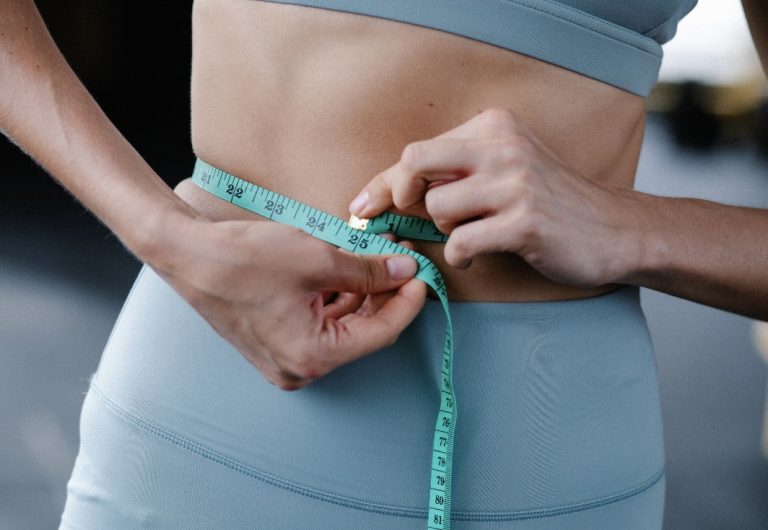CoolSculpting is all the rage in the market right now and has become more of a buzzword in the non-surgical fat reduction world.
Many who seek a slimmer, sculpted physique are turning to this innovative procedure to target stubborn fat. But with any cosmetic treatment, there’s one thing we’re always concerned about: safety.
Is CoolSculpting safe, or are there risks you should be aware of?
In this article, we’ll delve into the details of CoolSculpting safety to help you make an informed decision about this popular fat-freezing procedure.
Story Stages
What Is Coolsculpting?
Before we address safety concerns, it’s essential to understand what CoolSculpting entails. CoolSculpting, also known as cryolipolysis, is a non-invasive procedure designed to reduce localised fat deposits.
The process works by freezing fat cells, causing them to crystallise and eventually die. Over time, the body naturally eliminates these fat cells, leading to a noticeable reduction in the treated area’s fat content.
The Safety Profile of CoolSculpting
CoolSculpting has gained popularity for several reasons, including its impressive safety profile. Here’s why it’s considered a safe option for fat reduction:
Non-Invasive Nature:
CoolSculpting is entirely non-invasive. It doesn’t require incisions, anaesthesia, or any surgical procedures. The absence of surgical elements significantly reduces the associated risks, making it a safer alternative to traditional liposuction.
Minimal Side Effects:
While some patients may experience temporary side effects like redness, swelling, or numbness in the treated area, these effects are generally mild and short-lived. They typically resolve within a few days or weeks.
No Downtime:
Unlike surgery, CoolSculpting requires no downtime. Patients can return to their daily activities immediately after the procedure. This convenience is an appealing aspect of CoolSculpting’s safety and practicality.
Individual Factors and Safety
It’s important to recognise that while CoolSculpting is generally safe, individual factors can affect the safety and outcomes of the procedure. Factors to consider include:
Medical History:
Discuss your complete medical history with your CoolSculpting provider. Certain medical conditions may affect the procedure’s safety, and it’s crucial to be honest about your health.
Provider Experience:
Choosing a reputable and experienced CoolSculpting provider is essential. A skilled provider can minimise risks and ensure the procedure is tailored to your needs.
Realistic Expectations:
Maintaining realistic expectations is integral to a positive CoolSculpting experience. While the procedure can provide noticeable fat reduction, it may not be suitable for drastic weight loss.
Follow Post-Treatment Instructions:
Adhering to post-treatment instructions is crucial for safety and optimal results. Your provider will give you specific guidelines to follow.
Are There Any Risks?
While CoolSculpting is generally safe, it’s essential to be aware of potential risks and complications, even if they are rare. Understanding these risks can help you make an informed decision.
- Paradoxical Adipose Hyperplasia (PAH): PAH is an uncommon but noteworthy complication associated with CoolSculpting. It involves an unexpected increase in fat volume in the treated area rather than fat reduction. Although rare, it can be distressing for patients. If you notice an unusual increase in the treated area’s size, contact your provider.
- Numbness and Sensitivity: Some patients may experience numbness or altered skin sensitivity in the treated area. This is usually temporary and resolves over time.
- Bruising and Swelling: Temporary bruising and swelling are common side effects after CoolSculpting. While they usually subside on their own, it’s essential to be prepared for some post-treatment discomfort.
Tips For A Safe Coolsculpting Experience
To maximise the safety of your CoolSculpting experience, follow these recommendations:
- Choose a Qualified Provider: Selecting a reputable and experienced CoolSculpting provider is vital. Ensure they have the necessary certifications and a track record of successful procedures. The internet is full of professionals if you want to find out more information about them.
- Open Communication: Maintain open and honest communication with your provider. Discuss your goals, medical history, and any concerns you may have.
- Realistic Expectations: Understand that CoolSculpting is not a weight loss solution. It is designed for fat reduction in specific areas. Set realistic expectations and be patient with the results, as they may take several weeks to become noticeable.
- Follow Aftercare Instructions: Adhere to your provider’s post-treatment instructions carefully. This includes managing any potential side effects and monitoring your progress.
Final Verdict
CoolSculpting is considered a safe and effective method for reducing localised fat deposits. Its non-invasive nature, minimal side effects, and absence of downtime contribute to its reputation as a safe procedure.
However, individual factors, including medical history and provider experience, can influence the safety and success of CoolSculpting.
To determine if CoolSculpting is the right choice for you, consult with a qualified provider, discuss your medical history, and establish realistic expectations. When done correctly, CoolSculpting can provide a safer and more comfortable alternative to traditional surgical fat reduction methods.
